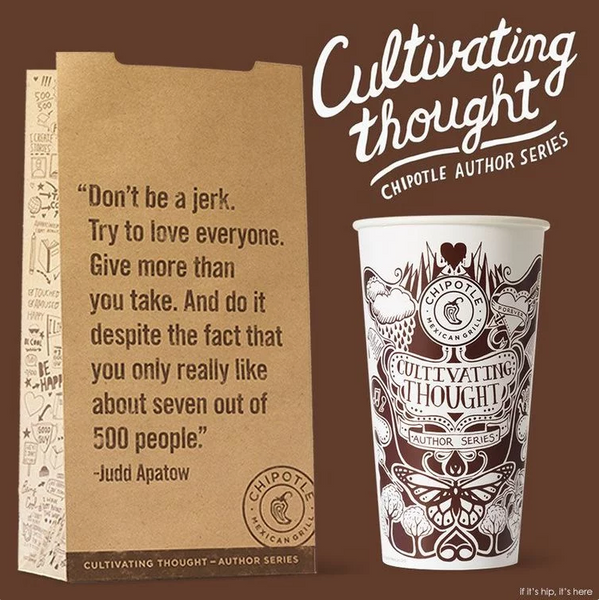
Branding Matters - Developing A Solid Brand Identity
Having worked with thousands of logos and diverse branding styles over the years, we understand the importance of brand identity. Considerations such as color, size, and alignment are vital, and a meticulous attention to detail and consistency is critical.

When creating a brand it's important to consider various components that will ensure your message is conveyed accurately. This article from Canva Design School provides a great checklist to refer to.
"Creating brand communications pieces is kind of like cooking such a multilayered dish. You’re constantly going to need a set of rules, instructions, and a complete set of assets (ingredients) to make sure that the flavors stay true. That’s where the brand style guide comes in: it provides a clear handbook to share your brand’s visual symbols, value story and communication strategy.
I’m going to walk you through how to navigate it. In the meantime, here’s a handy checklist you can use to get your branding materials in order once you finish reading.

What a Brand Style Guide Isn’t
Style guides are not just for corporate brands.
Your personal brand can benefit from establishing consistency, and this document helps achieve just that.

Like recipes, style guides are not set in stone.
They are living, evolving sets of instructions that creators use as a baseline to interact with your brand. If a designer decides to try a new twist on the recipe, and it ends up tasting amazing, consider incorporating that new insight in your guide. Allow for some freedom when reading these guidelines, as the marketplace rewards lean brands that incorporate feedback quickly. Keep this close to heart: a style guide is not an excuse to stop innovating.

It’s not only about print design anymore.
If you look at a style guide from the 70s like Massimo Vignelli’s Graphic Standards Manual for the New York Metro, you’ll only find guidelines for print materials, including outdoor and indoor signage and instruction manuals. However, the Internet brings unique challenges in terms of how brands portray themselves and convey their messages. Instead of focusing exclusively on print design, your brand’s style guide should now consider web-based applications like icons, avatars, grids, banners, online ads, social media imagery, and many others.


Who uses a Brand Style Guide?
Brand Style Guides contain the basic elements, rules and considerations that companies of all sizes (including sole proprietorships) put in place to establish a consistent presence across various channels. Think about your favorite brand and how it uses visuals to tell its story in different mediums. Chipotle, for instance, has built a brand around the idea that “food served fast doesn’t have to be a “fast-food” experience”. Accordingly, they’ve designed multiple small reminders (i.e. brand applications) that reinforce that story:

It is evident that brand applications impact your customers’ perceptions. The way your brand is portrayed in your stationery, ads, web assets, and many other pieces affect their understanding about the value that your product/service offers. In-house designers, therefore, will definitely need a style guide to make sure that these impressions are consistent. However, there are many different outside groups that will also benefit from some clarity with respect to your corporate identity."
(Via Canva Design School)
